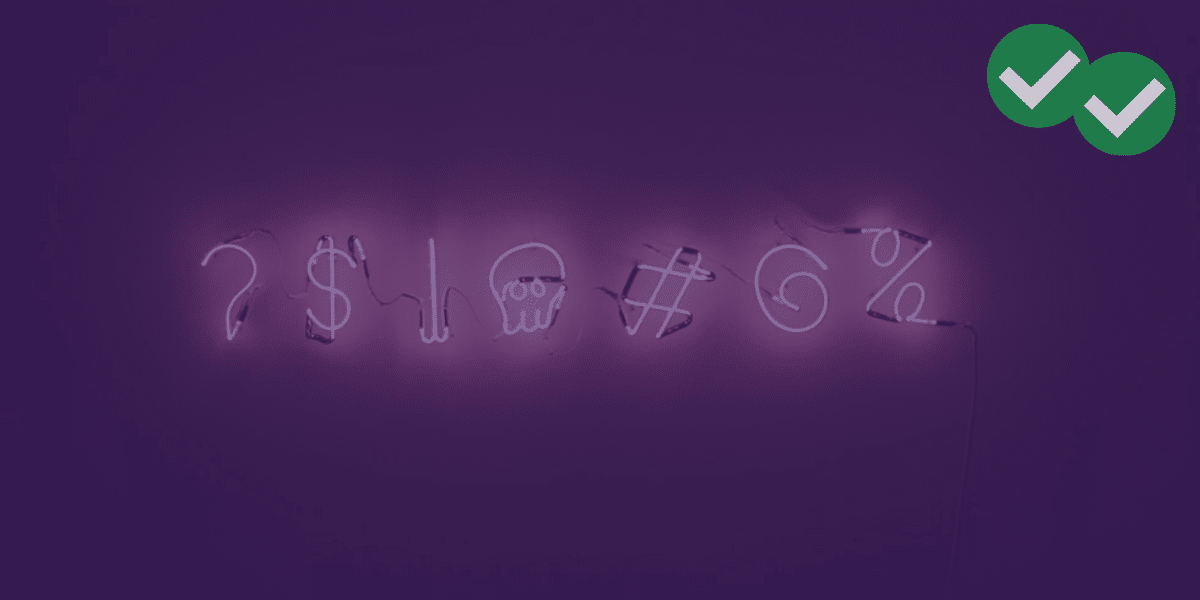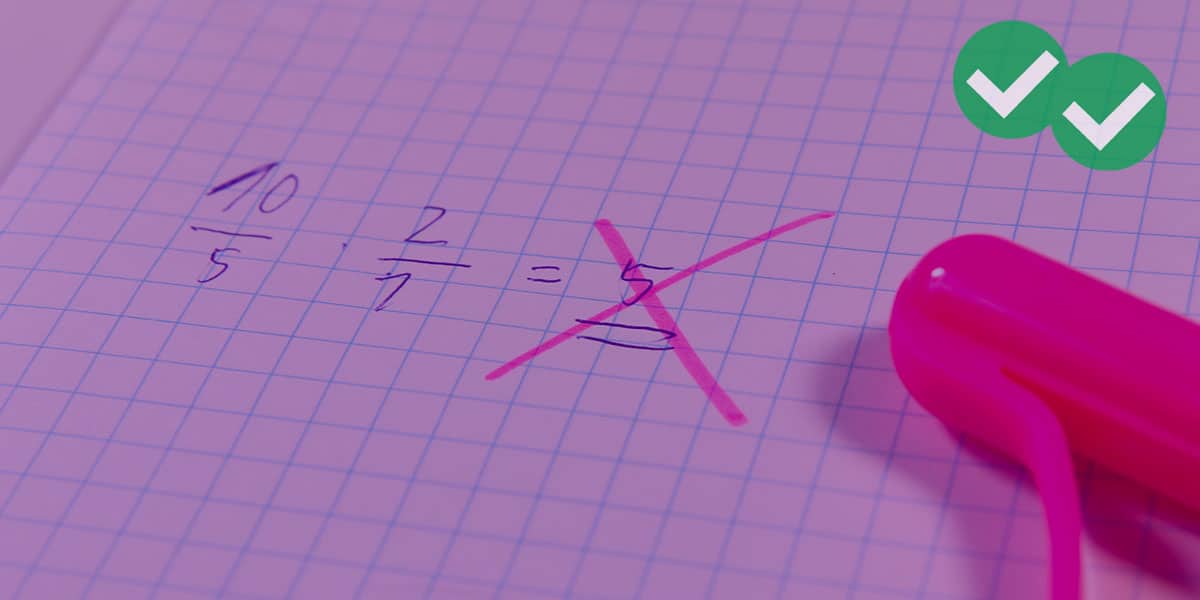
The Quant section sometimes features GMAT algebra problems with strange symbols. These symbols should not fluster you too much as long as you remember that they do not represent standard mathematical notation. Instead, the symbols pertain only to the problem and are defined by the GMAT (or whatever prep material you happen to be using).
Let’s have a look at a simple example:
\(Q prime = 3Q – 3\). What is the value of \((2 prime) prime\)?
(A) 2
(B) 3
(C) 5
(D) 6
(E) 9
Explanation
To approach strange symbols think of the Q’ as a recipe. To the right of the equals sign are the steps (or the recipe) you have to follow.
Another way of looking at it, whatever we see in place of Q’ we want to plug it into the ‘Q’ in \(3Q – 3\). Therefore \(2 prime = 3(2) – 3 = 3\). Because the question has two apostrophe signs, we want to repeat this procedure to get, \(3 prime = 6\). Answer (D).
This is a basic problem, one that if you saw it on the GMAT, would not bode well. So let’s try a problem that will make you sweat a little more.
\(A&&B \)= \(\sqrt{b} – a\). What the value of p in \(16&&p = 9\)?
(A) -5
(B) 9
(C) 13
(D) 25
(E) 625
Explanation
Be careful not to fall the trap that switches the order of b and a. Our equation should read: \(\sqrt{p} – 16 = 9\). Solving for p:
\(\sqrt{p} = 25\)
\(p = 625\).
Answer (E).
For those who are looking to score a Q51, here are two brutally difficult questions. If you think you know the answer, go ahead and post it below with an explanation.
Brutal Question #1
\(x@y = 2\sqrt{x} + y^2\). What is the difference between the least and the greatest possible values of x + y, if x@y is an integer less than 15?
(A) 9
(B) 10
(C) 49
(D) 50
(E) 52
Brutal Question #2
[x] is equal to the lesser of the two integer values closest to non-integer x. What is the absolute value of \([-\pi] + [-\sqrt{37}]\)?
(A) \([9.4]\)
(B) \([4 \pi]\)
(C) \([\sqrt{99}]\)
(D) \([\sqrt{120}]\)
(E) \([\sqrt{143}]\)
Answers:
Brutal Question #1 – E
Brutal Question #2 – E






Leave a Reply